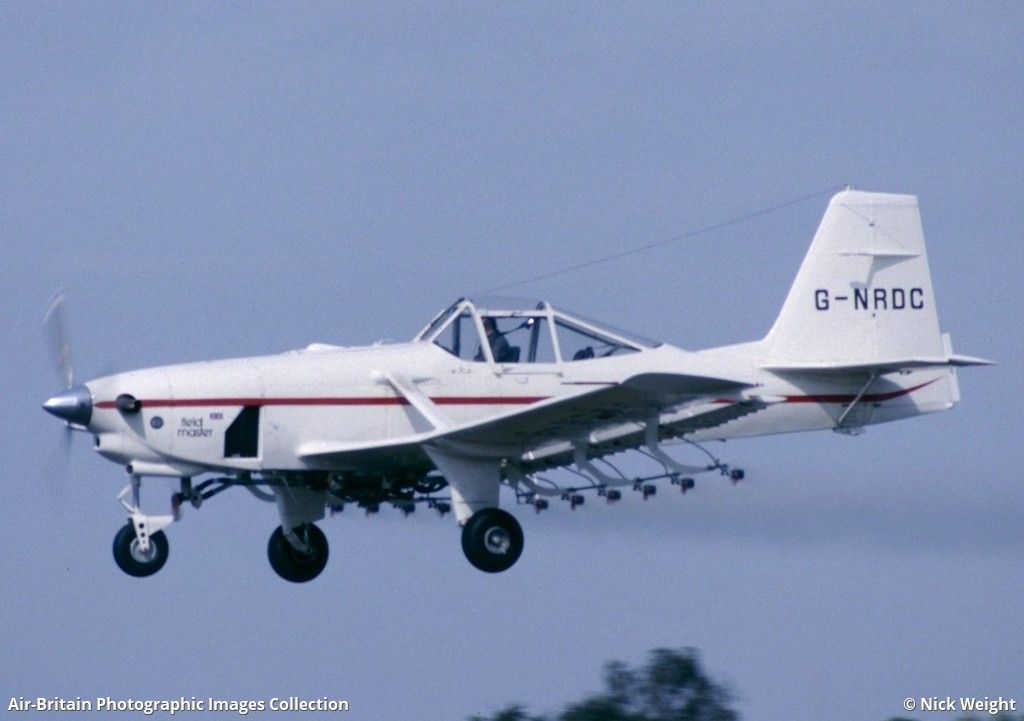Posted by Ian Hewson on 25/03/2021 13:35:26:
Hi Steve
Your post brought back memories – I served my ESI 'indentured' apprenticeship with SEEB (Electricity Board in Kent, and spent the first year at their purpose built training school (boot camp) near Dover.
I made a complete set of hand tools, and a barn type tool box to keep them in, (I still have most of them) and spent many hours during the hard labour lessons draw filing huge lumps of black metal . . but, probably like you, I also learnt to use a lathe, drill press, gas/arc welding, heat treatment, cutting, and a host of other 'workshop' techniques.
Those were the days, apprenticeships seem to have fallen by the wayside. I stayed in the industry all my working life
All that I learned, coupled with my Grandfathers teachings (he was a R&D tool maker) laid the foundation for my own retirement 'hobby', I'm lucky to have a well kitted out workshop and a passion for 'anything' metal engineering, but mostly steam models 
My better half thinks I would be a 'Fred Dibnah' with a full size engine given half a chance – hmm now there's a thought !!!!
My tools made at the training workshop are still wrapped in the greased cloth I brought them home in, too much time and effort in getting them to the standard the instructors wanted to spoil them by actually using them.
We were not allowed to use machines apart from the drills, YEB did not wants us to use them. Rather a pity as the shop was full of mills, lathes and a large jig borer.
Funnily enough my father was a toolmaker who learned his trade on cameras at Kershaws in Leeds, he worked on marking out Centurion tank turrets at Barnbow, then sowing machines special applications for Singers.
I guess the apprenticeships we both 'served' were pretty similar in format, I suppose all the 12 'Area Elec Boards' back in the 70's followed a very similar curriculum.
I had to nip out to the workshop and look at what I still have, I found a pair of mole grips, Junior and 12" hacksaw, a pipe wrench, a conduit diestock holder, a couple of wooden handled screwdrivers, a cold chisel, and a drill gauge, all in a sheet steel barn tool box stamped with my apprentice No '67' . . .but alas no cuddly toy !!
I also remember there was 215 hopefully spotty 16 year olds in my first year, by the start of my 2nd year that had dropped to just under 100, and when I 'passed out' there was just 71 left to be 'deployed' to the districts to then spend another year 'learning' how to make tea properly for the 'old hands' – haha !!
I find it quite sad that very few companies offer Engineering apprenticeships now, maybe with the exception of the likes of Rolls Royce and BAE . . but I imagine its all new fangled digital computer controlled, with hand tools being rarely used !!
 Robert Atkinson 2.
Robert Atkinson 2.





